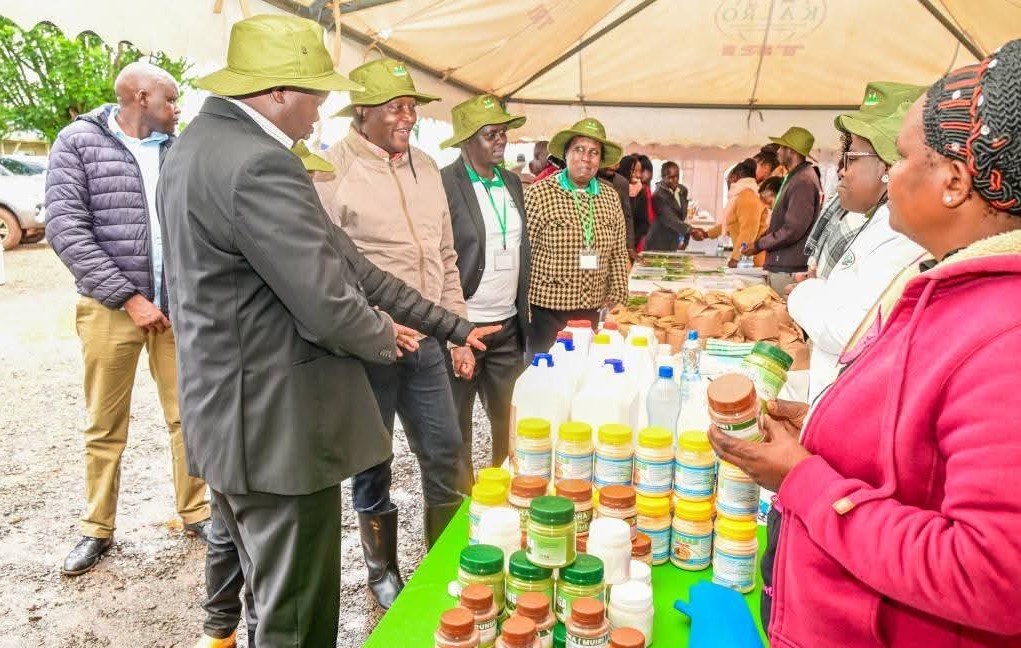 Farmers during a coffee open day at Ihura grounds in Murang’a town/ALICE WAITHERA
Farmers during a coffee open day at Ihura grounds in Murang’a town/ALICE WAITHERA
Coffee berry disease and coffee leaf rust have been blamed for poor coffee harvests in the country.
This is aggravated by poor management of the diseases by farmers, which also compromises the quality of coffee harvested, resulting in reduced prices.
Plant pathologist Gertrude Alworah said farmers have to intensify efforts to fight the two diseases that affect the revenue reaped from the crop.
Alworah, who works with Coffee Research Institute, explained that coffee berry disease is a fungal disease that targets coffee berries.
The disease is caused by a fungus known as Colletotrichum kahawae and which causes black lesions on the berry, leading to premature fruit drop.
Speaking during a coffee farmers open day that brought together agricultural experts, researchers, and coffee stakeholders to equip farmers, Alworah explained that the diseases thrive in cool and wet conditions, especially during the flowering and early fruiting stages.
“The disease is a major cause of low yields among Arabica coffee growers in the country but there are several measures farmers can take to manage it and mitigate loss,” she noted.
Farmers should consider planting disease-resistant coffee varieties such as Ruiru 11 and Batian that were developed by CRI to withstand attacks from the fungus.
“These varieties not only reduce losses but also require fewer chemical inputs, making them suitable for both small- and large-scale farmers”.
She cited timely and proper fungicide application as another way of managing the diseases, advising farmers to apply copper-based fungicides before the onset of the rains when the diseases are most likely to spread.
Fungicides should be sprayed at specific stages of berry development to provide maximum protection.
“It’s important that farmers ensure they apply the right dosages and seek professional guidance for effective results. Overgrown coffee trees with dense foliage create humid conditions that favor fungal growth."















